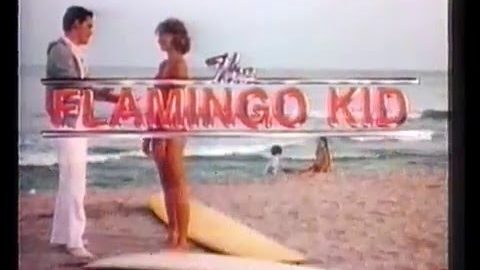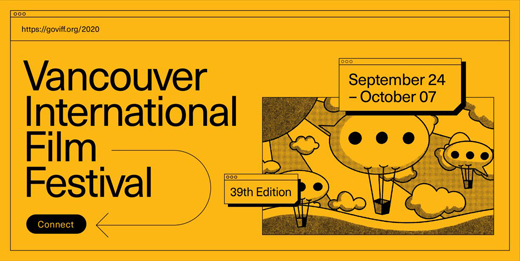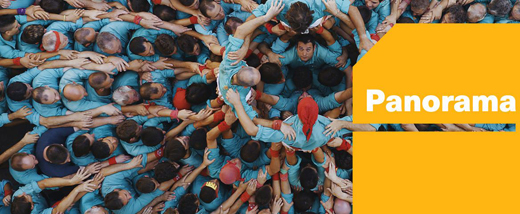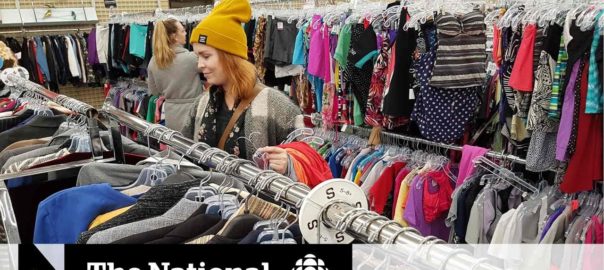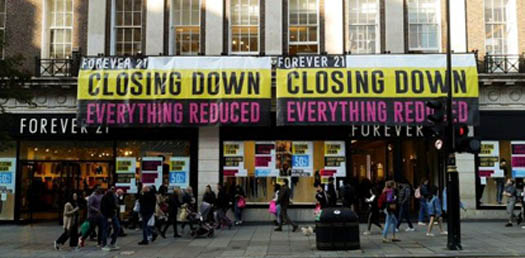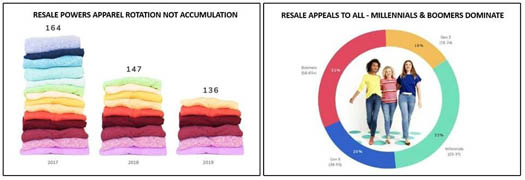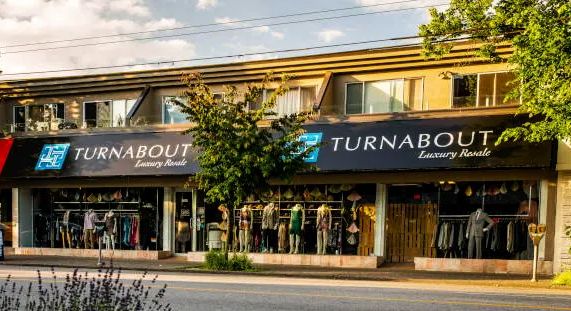
|
|
As of today, we are less than two weeks away from the glorious start of the 39th annual Vancouver International Film Festival as tremendously engaging, moving, and humane an event as occurs on Vancouver’s arts calendar each year, easily as absorbing, gripping, engrossing and captivating as all of VIFF’s previous festival iterations, representing the culmination of a year’s dedicated and devoted work by VIFF’s utterly humane and talented group of programmers, who working with their formidably talented and hard working support staff once again this year bring you films that will move, fascinate, educate, mesmerize, entreat, bewitch and, in many cases, change you forever for the better, where by festival’s end you will come to see yourself as a citizen of the world, working relentlessly to realize a fairer and a more just world for all of us.
In the midst of our current pandemic, the good folks at VIFF have made some necessary changes to this year’s film festival: for the most part, VIFF 2020 will be a virtual film festival, a festival where you will be afforded the opportunity to watch the more than 100 films on offer in the comfort of your home — no frustrating lineups for tickets this year, no having to wait in the pouring rain as the previous screening to the film you’re waiting in line to see is running late, no having to rush to get the seat you want. Nope, this year, the good folks at VIFF perform the extraordinary, bringing our much cherished international film festival to you, in your comfy home.
And you know what else? Yep, VIFF 2020 is available to British Columbians across the province. So, if you’ve got friends, or children / grandchildren in the far flung towns, cities and villages across our great province, for the very first time, our annual Vancouver International Film Festival will be available to kith and kin, wherever they reside across our belle province.
What’s that I hear? Enough of this palaver? Get down to brass tacks, you say, give us the information we need to engage with VIFF 2020?

First up, you’re going to want to buy tickets for individual films, or — and this is a much, much better deal — you’re going to want to purchase a subscription, so that you can see as many films as you can squeeze into the two-week running time of VIFF 2020.
Individual tickets for screenings go for $9, but the much, much better deal is to purchase either a VIFF Connect Festival Subscription, for the low, low price of $50, which will afford you the opportunity to watch any VIFF film on offer, as well as take part in any online Creator Talk, while the VIFF Connect Gold Subscription, at $95, allows you to watch any VIFF 2020 film, as well as offering you a free VIFF+ Gold Membership valid for one year (worth $240), and a free year-round subscription to VIFF Connect (worth $60), cuz let’s face it, folks, this pandemic thing ain’t ending any time soon, so if you want to catch the best in international cinema over the course of the next 12 months, the VIFF Connect Gold Subscription is the way to go.
Now, about this streaming thing. All your questions are answered here.
That said, here’s the bit of info you’re really going to need.
As the good folks at VIFF suggest, you’re gonna need a streaming platform.
As above, your laptop or desktop computer, via your preferred web browser, when you log onto the VIFF site with your account will allow you to stream any of the VIFF 2020 films, may / will be necessary. Yes, yes, we know, it all sounds sort of intimidating. It’s not. Rather, you’ll find — once you get over your initial jitters — that it’s easy peasy, nice and easy.
As an experiment, VanRamblings logged onto the VIFF site, and played a couple of VIFF trailers through our iPhone’s Chromecast app. Soon, the VIFF Connect app will be available. For the festival, we’re probably going to “cast” VIFF films on the Chrome browser through our Chromecast “dongle” right onto our 4K TV, as we did during the recent DOXA film festival, after the National Film Board’s Katja De Bock (we just love that name!) cajoled us into purchasing Chromecast (which we picked up at Best Buy for $35). Chances are, though, that we may also use one of our iPads or the iPhone to stream VIFF 2020 films through our iOS Chromecast app.

What about the films, we hear you ask? Not to worry, we’ve got you covered. Beginning next week, three (or perhaps more) times a week, VanRamblings will publish “previews” of three or more films each day, replete with the trailers for the films, as well as a round-up of the over-the-moon reviews the films garnered when these films screened at Sundance, Berlin, Tribeca, Taipei, Locarno, Hong Kong, Venice, Toronto or New York.
As is VanRamblings usual practice, we will identify 20 films that are worthy of your time, so that by the time the festival commences on Thursday, September 24th — when you can start streaming films at home — you’ll have some idea as to what the more recommendable films are that are set to screen at VIFF 2020, films such as Viggo Mortenson’s directorial début.

In 2020, VanRamblings find ourselves able to bring you VIFF’s annual press conference, where board chair Lucille Pacey and (interim) executive director Kyle Fostner introduce you to VIFF’s fine programming staff, names you may have heard but this year with faces that you can put to those names, including VIFF’s winsome associate director of programming, Curtis Woloschuk who, along with Tammy Banister and Rylan Friday, provide insight into the twenty-four acclaimed Canadian films VIFF has on offer this year, as well as VIFF’s director of creative engagement and live programming, Ken Tsui, who introduces this year’s Talks and Masterclasses series (there’s so much more available than you’ll find in the previous link that you’ll simply just have to set about to explore), and Totally Indie Day, a day of online panels dedicated to the next generation of filmmakers.
And saving the best for last, VIFF programme manager and senior programmer, PoChu AuYeung, and the heart of the festival since it’s inception in 1981, director of international programming, Alan Franey, who at the outset of his address speaks about a Belgian film he saw earlier in the year, My Voice Will Be With You, before moving on to introduce another Belgian film, this time a documentary titled I Am Not a Hero, the first film made about COVID-19. Alan then talks about the winner of this year’s top prize (the Golden Bear) at February’s Berlin Film Festival, There Is No Evil, while PoChu introduces films by three emerging female filmmakers from Taiwan, Hong Kong and Korea — you’ll just have to watch the press conference to discover the titles of those award-winning Asian films.
Other buzz films set to screen digitally at this year’s festival: Ecuador’s Yellow Sunglasses, Danish master Thomas Vinterberg’s Another Round, Sundance Grand Jury and Audience Award winner The Reason I Jump, the B.C. première of The New Corporation: The Unfortunately Necessary Sequel by Joel Bakan and Jennifer Abbott, the international première of Japan’s The Town of Headcounts, the North American première of Anerca, Breath of Life, and the Annecy International Animation Film Festival official selection Beauty Water, from South Korea.
Christian Petzold’s Undine also arrives at VIFF with good buzz, as is the case with VIFF favourite François Ozon’s look back at the mid-80s, Summer of 85, a romantic, sexy, and ultimately tragic coming-of-age tale.
VIFF’s opening film — which will screen in 50 cinemas across B.C. on September 24th — Monkey Beach, Loretta Sarah Todd adaptation of Eden Robinson’s beloved novel also arrives at VIFF to much acclaim.
As in past years, VIFF will offer full programmes of shorts, including animated gems and the female-focused Tell Us About Her Life compilation, which will be available beginning September 24th.
For those willing to take the risk, VIFF 2020 has planned 54 in-cinema screenings at the Vancity and the Cinematheque, providing the only opportunity for patrons to see two of the year’s most buzzed about films: The Father, starring Anthony Hopkins, and Ammonite, a 19th century set film starring Kate Winslet and Saoirse Ronan, both of which films will be Oscar bound early next year.
Here, for your edification and enjoyment, the one, the only, the official …
VIFF 2020 Press Conference
The 2020 | 39th annual Vancouver International Film Festival Press Launch, on Vimeo.

![]()
![]()
![]()

